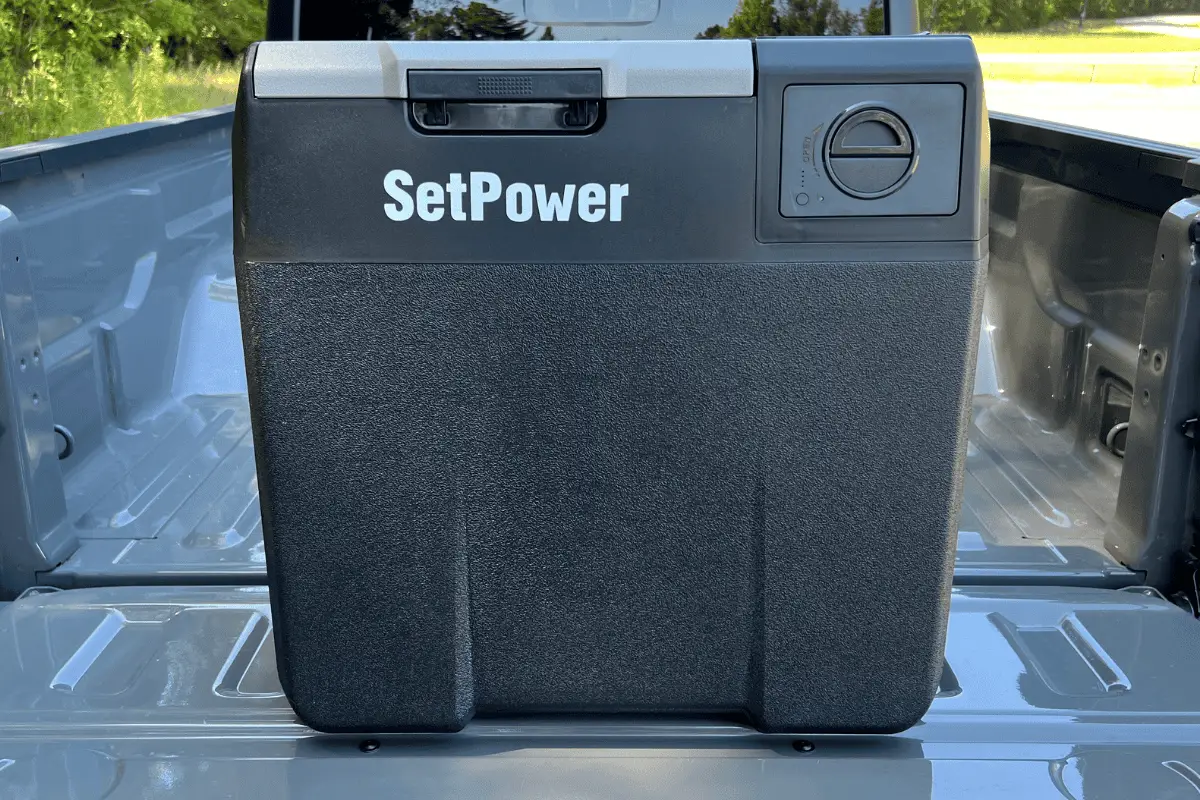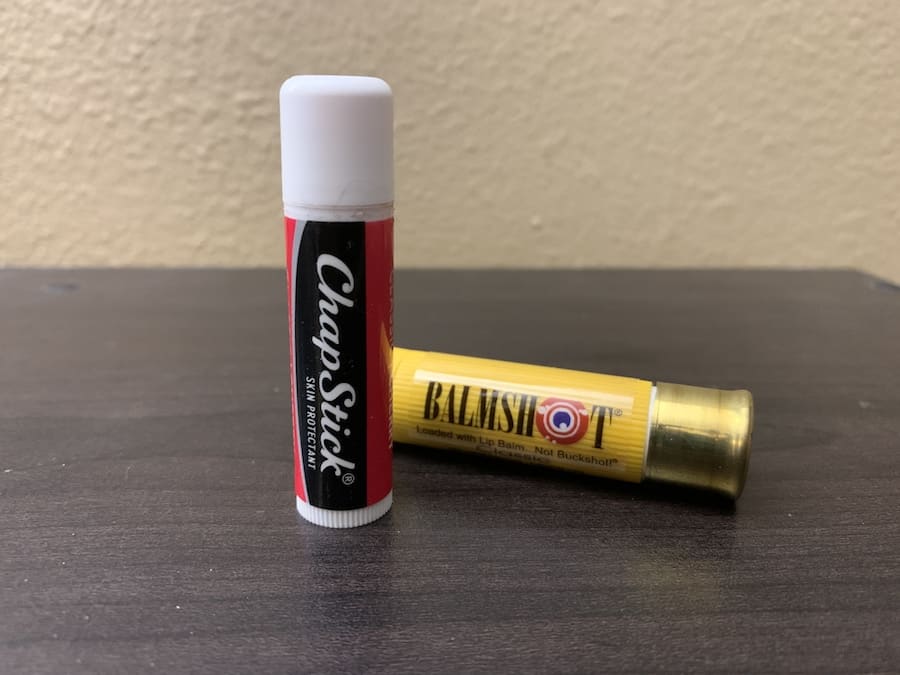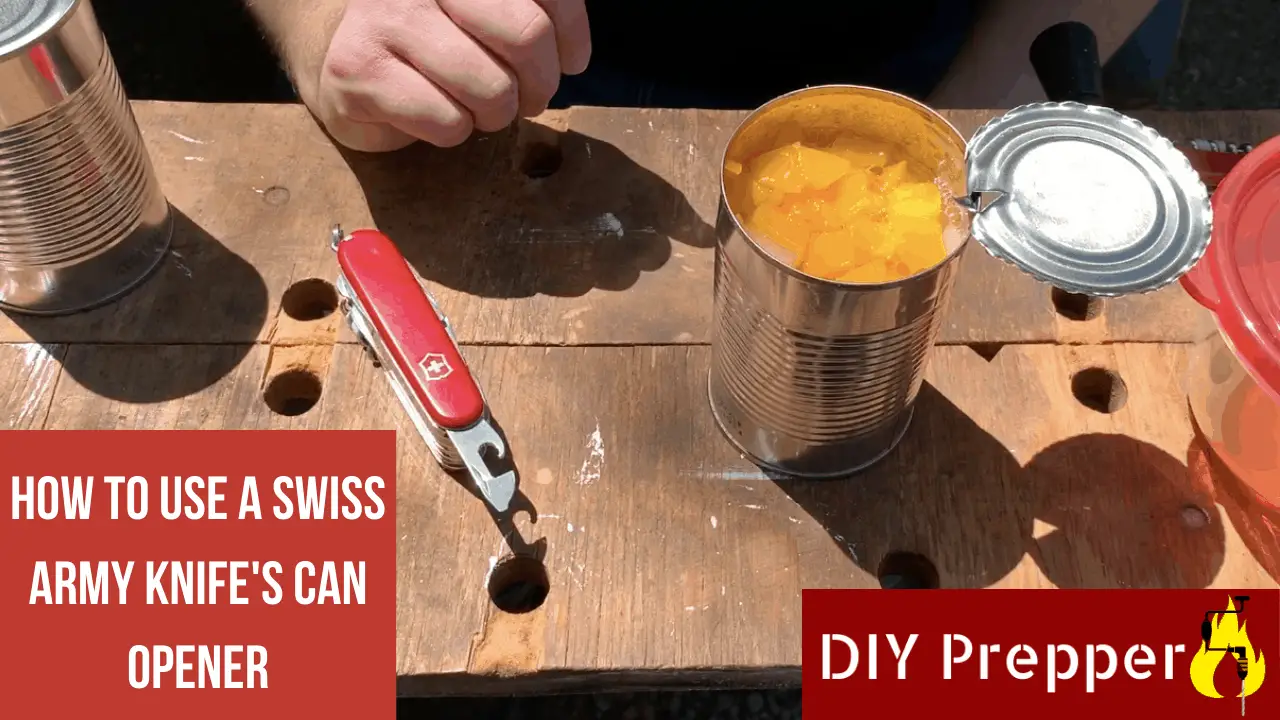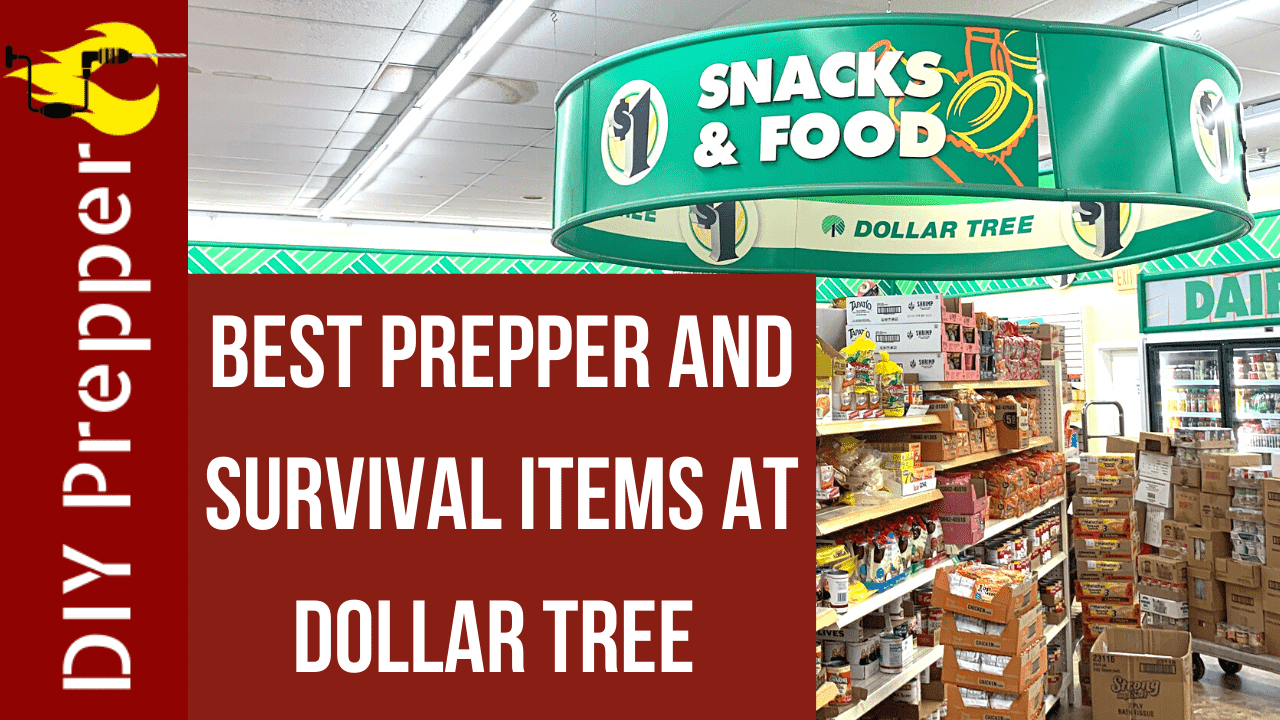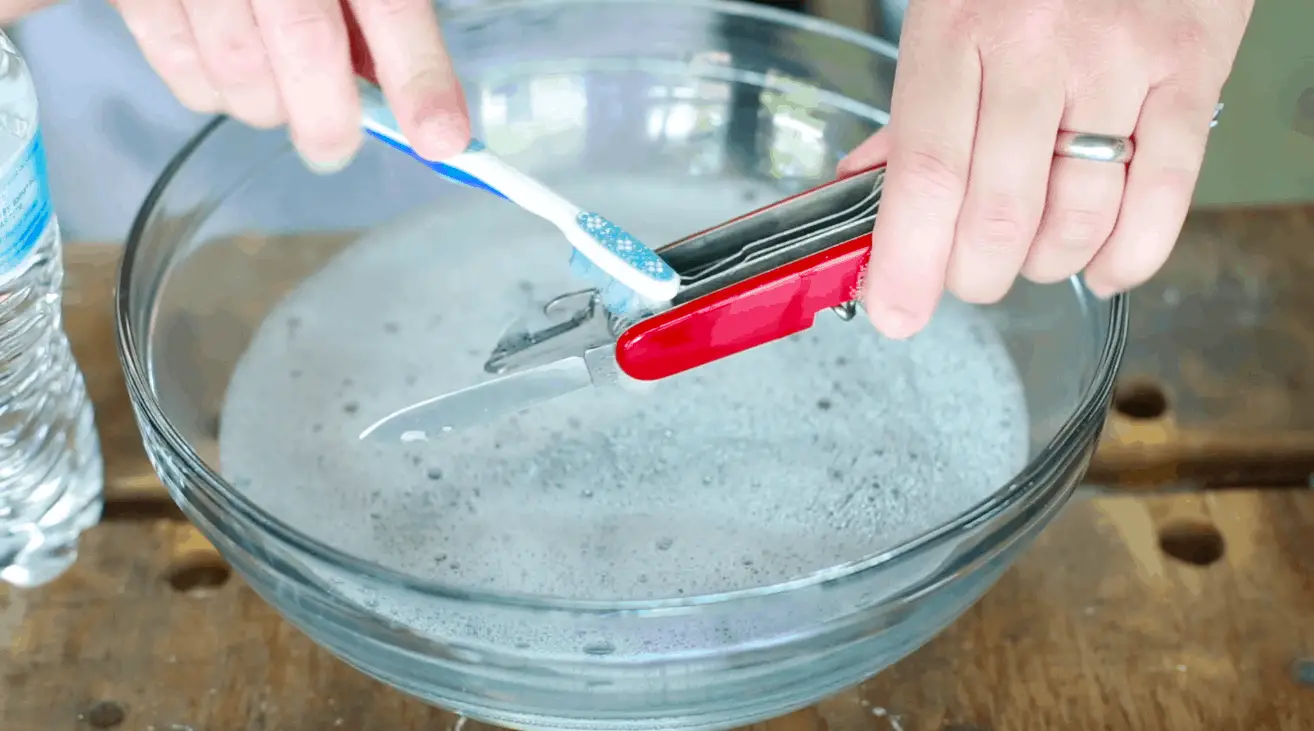Knives Preppers Need: Ultimate Prepper Knife Loadout

Every prepper needs a few different types of knives. Having a well-rounded knife collection can help you get through bad situations, regardless of your environment.
The five knives that every prepper needs are:
- Kukri
- Companion Knife
- Swiss Army Knife
- One-Handed Folding Knife
- Multitool
Having the five knives listed above will give you a well-rounded toolkit that could keep you alive in almost any situation. Below I’ll go over what makes them so essential and provide some recommendations for each.
Kukri

The first knife that every prepper should own is a good Kukri. Kukris are incredibly versatile and have a long history of use dating back to ancient times.
Historians believe that the design originated as a hand-held sickle that later evolved into a fighting weapon/utility tool. Like a sickle, a Kukri’s blade curves forward instead of to the rear. This design makes it suitable for a wide range of tasks as both a tool and a weapon.
A traditional kukri can perform many of the same functions as both a machete and hatchet. This versatility makes it an excellent choice for a prepper looking for a multipurpose blade.
I originally bought mine to help clear paths on a hunting property. I needed something that was nimble enough to slice though thin vines but heavy enough to take off branches with minimal effort.
Common Uses of Kukri Knives
Chopping Wood: Kukris are front-heavy, which makes them excellent choppers. They are capable of felling small trees as well as splitting wood for a fire. Kukris also do an excellent job removing limbs from trees or larger pieces of wood.
Cutting Small Vegetation: Like a machete, Kukris are also capable of cutting smaller vegetation such as vines, weeds, and bushes. It is a great tool for clearing paths or campsites.
Weapon: Very few large knives still see use on a modern battlefield. Firearms and other weapons have replaced swords and other large blades. The Kukri, on the other hand is still in use, most notably by the Gurkhas.
As a weapon, Kukris are absolutely terrifying. They can chop off entire limbs as well as slice and stab. They are longer than other “fighting knives” but still short enough to be used in confined spaces.
Food Preparation: While smaller blades are easier to use, a Kukri is still capable of many food preparation tasks. I used mine to skin a cantaloupe. It wasn’t as nimble as a smaller knife but it did the job.
Types of Kukris
Traditional
A traditional Kukri has a pretty thick blade. Most are 1/4 inch wide or more at the spine. They are made overseas by companies such as Himalayan Imports and Kukri House.
Traditional Kukris make excellent choppers. Their thickness will allow them to withstand a lot of hard use.
Machete
A machete-style kukri, just like a regular machete, will have a very thin blade. They are a good choice if you need to cut thin underbrush and vines. However, the thin blade prevents them from being able to split wood.
Kukri Recommendations
The Kukri that I own and recommend is the Ka-bar BK-21. It has a blade length of 13.25 inches and an overall length of 18.25 inches.
The blade is full tang and made of 1095 Cro-van steel. This makes it durable and easy to maintain in the field. The downside to 1095 is that it may rust if neglected.
The BK-21’s handles attach to the handle via three Allen head screws and nuts. There is a wide range of aftermarket handles available for this knife. Options include G10 and micarta handles of various colors.
One gripe that some people have about the BK-21 is the sheath. It will securely hold the blade onto a belt but other carry options are limited. Upgrading the sheath to something like this one from Valhalla Custom Kydex is a good idea. If I could only pick one thing to upgrade, it would be the sheath.
The BK-21 is .188 inches thick. This makes it thinner than traditional-style Kukris but thicker than the machete variants. In my opinion, this gives it many of the advantages of both styles of knives.
Like thicker, more traditional Kukris, the BK-21 is an excellent chopper and can even split wood. It is also rigid with a sharp point, giving it the ability to stab and penetrate deep.
Like a machete-style Kukri, the BK-21 is thin enough to handle thin vegetation such as vines.
Another thing that I like about the BK-21 is that it has a finger choil at the base of the blade. This allows you to choke up on it for more precise work. You can see a pencil that I sharpened with it in the picture below.

You can find the Ka-Bar Becker BK-21 by clicking here.
Companion Knife

The next knife that every prepper needs is a companion knife. A companion knife is meant to complement a larger knife or hatchet. It is more nimble and is meant for more delicate tasks.
A companion knife should be full-tang and have a blade of around 4 to 4 1/2 inches long. Being full-tang will make to blade strong enough to handle harder tasks such as batoning. Having a blade length of around 4 to 4 1/2 inches will make it “just right” for a wide range of tasks.
The most famous example of a knife such as this is the Kephart knife. The Kephart knife is named after and made famous by writer and outdoorsman Horace Kephart. He had a three tool system consisting of a hatchet, fixed blade knife, and a jackknife. The fixed blade knife that he designed is what bears his name to this day.
A knife such as this is very versatile. It can perform many firecraft tasks, including feathering and light batoning. If your knife has a 90-degree spine it can throw sparks from a firesteel. (Note: If your knife doesn’t have a 90-degree spine or it is covered by a blade coating, a metal file can take care of this quickly.)
A companion knife would be your go-to knife for food prep while in the field. It should be able to do everything from processing wild game to cutting thin slices from vegetables or cheese.
Companion Knife Recommendation
My choice for companion knife is the Ka-bar Becker BK-16. It is a solid knife at a reasonable price. You can find it by clicking here or by clicking the image above.
The BK-16, like the BK-21 Kukri mentioned above, is made of 1095 Cro-van steel. It is full-tang with a thickness of .165 inches, which is slightly thicker than 1/8-inch.
The knife is 9.25 inches long with a blade length of 4.375 inches. The BK-16 comes with two sets of plastic Grivory handles, black and tan.
The handles are bolted onto the knife using three Allen-head screws and nuts. This makes changing the handles or making repairs easy and straight-forward.
The included sheath is MOLLE-compatible and constructed of nylon. It includes a pouch that can hold a sharpening stone or whatever else you may want to put in there. It holds the knife in place using two snap buttons.
Many people like to replace the sheath since it is a little large for the knife. That being said, it is pretty decent and should hold up well.
Like all Becker knives, the BK-16 is highly-customizable. Several companies produce aftermarket sheaths and handles that can help you set your knife up exactly the way you want to.
Swiss Army Knife

The next knife that every prepper should own is a Swiss Army Knife. I have had a Swiss Army Knife as the heart of my EDC since I started carrying a knife. I got my first one when I was a kid and have been using one ever since.
Many people think that they have been replaced or supplanted by pliers-based multitools, namely Leathermans. However, I disagree with this.
Most pliers-based multitools are fairly large, making them unsuitable for pocket carry. This is especially true if you have a job that requires professional dress.
Smaller multitools are more portable than their larger counterparts but are often less ergonomic due to their blocky design. They are also available in less configurations, meaning you are more likely to compromise on what you want due to what is actually available.
A Swiss Army Knife is a good tool for a prepper to have because it is a tool kit that you can take anywhere. They are available in a wide range of configurations, so you should be able to find one to meet your needs.
Tools such as screwdrivers are useful in an urban environment, while others, such as the wood saw are more suited for camping or survival.
When paired with a one-handed folder, there are very few tasks that you can’t handle with a Swiss Army Knife.
My current EDC Swiss Army Knife is a Victorinox SwissChamp, however, you can see my other recommendations by checking out my other article: Top 5 Swiss Army Knives.
Related: Victorinox Swisschamp Review
Avoid Cheap Knockoffs
When it comes to knives, it is usually a good idea to stay away from cheap imitations. However, when talking about Swiss Army Knives, it is an absolute necessity.
I own a few different “Swiss-style” copies. All of them are extremely low-quality and should be avoided like the plague.
Their tools are usually flimsy and unable to hold up under even light use. In addition, some knives use such poor steel that it may never take or hold an edge.
When selecting a Swiss Army Knife, get one produced by Victorinox or Wenger. The knives produced by both of these companies are the real-deal and should last for a lifetime.
Wenger-branded knives are no longer in production but can still be found on eBay, garage sales, and other places. Many have been used but you may still be able to find one new in the package.
Related: How to Clean a Swiss Army Knife
One-Handed Folding Knife
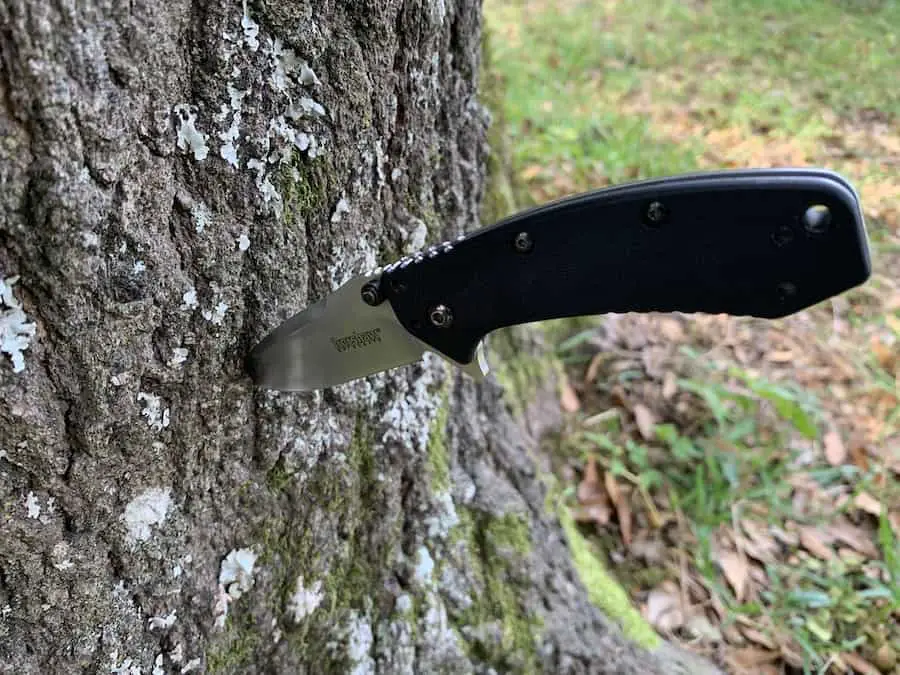
Another knife that every prepper should own is a one-handed folding knife. This will serve as a general-purpose and defensive EDC blade.
I went for many years without carrying a knife that I could access with only one hand. Now that I have carried one, I never want to go back. Having the ability to access a blade quickly can make your life a whole lot easier and could save it.
When it comes to one-handed opening knives, I prefer flipper-style knives that are assisted opening. They provide the user with fast and reliable access to a blade. Flipper mechanisms are easy to operate with your non-dominant hand as well.
If you want a good but reasonably-priced flipper, I strongly recommend the Kershaw Cryo G10, which you can find by clicking here. It is sturdy, stays sharp, and is easy to touch up again if it starts to get dull. I have been carrying it for nearly a year and it has done everything that I have needed it to.
A good higher-end option is the Zero Tolerance ZT 350. It has the same Speedsafe assisted opening mechanism as the Cryo but it much more robust, has better steel, and is made in the USA.
Other one-handed opening options include thumb studs and holes. Spyderco knives’ spider holes are a good example of a thumbhole opening system.
Multitool

The next type of knife that every prepper needs is a multitool. It should give you a decent pair of full-size pliers as well as some additional blades and backup tools.
For my purposes, I see a multitool as a heavier-duty and larger tool to compliment my Swiss Army Knife. I keep it in my EDC bag most of the time or in its belt pouch if I carry it on my person.
There are many companies that produce multitools. Some of the most popular are Leatherman, Gerber, SOG, and Victorinox.
Multitool Recommendations
I have experience with and can recommend multitools from both Leatherman and Victorinox. Victorinox has been making multipurpose tools for over 100 years while Leatherman pioneered the concept of a pliers-based multitool.
I used a Leatherman Wave at one of my jobs and I can understand why it is one of the most popular multitools on the market. I had to leave it when I left that job, which was one of the only hard things about leaving that place.
My favorite aspect of the Wave is its one-handed opening tools. Being able to access blades one-handed adds a lot of convenience. It is also fairly compact, making it easy to carry.
You can find the Leatherman Wave by clicking here.
While the Wave is an excellent multitool, there were some things that I didn’t like about it. There were a lot of sharp edges that created hot spots on my hands. I also didn’t like having to open the pliers to access screwdrivers and other tools.
These issues led me to Victorinox’s line of multitools, called Swisstools. I was already a big fan of their Swiss Army Knives, so getting one was an easy decision. I ended up going with the Swisstool X, since it was full-size and had scissors.
Unlike the Wave, the Swisstool has very few hotspots. This is due to the excellent finish work that Victorinox does on their tools. Because of the way the tool is designed, your hand is well-supported while using the pliers. This makes them comfortable even when squeezing hard.
I also like that every implement on the Swisstool is accessible without having to open the pliers. The tools also don’t clump when you try to open them. This is because each tool has its own backspring.
You can find my full review of the Victorinox Swisstool by clicking here.


